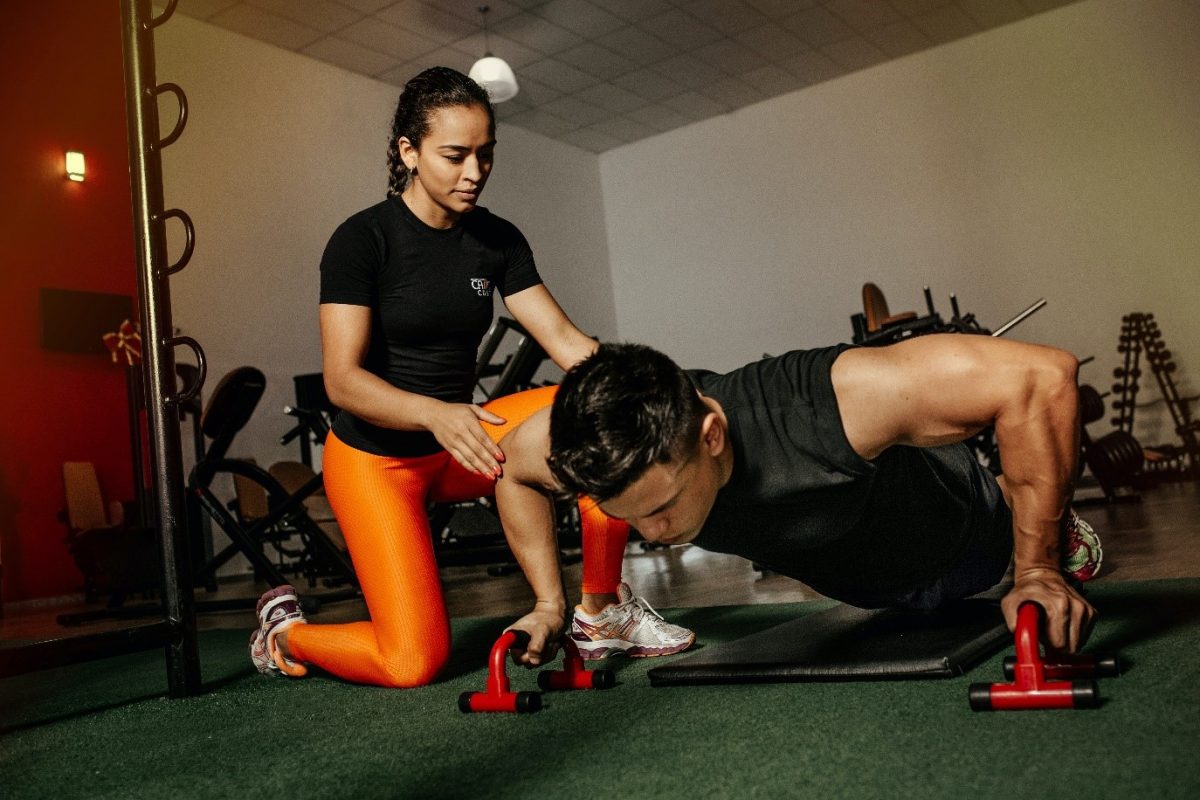How did professional runner Viktor Röthlin design his strength training? Which muscle groups should marathon runners pay special attention to?
Tips from Viktor Röthlin
For serious runners, strength training is a must. And for me it is still part of my everyday exercise routine. I do core strength training 2-3 times a week in combination with foot exercises. I do the exercises with my body weight, but make sure that I always work at full capacity, because that’s where the key factor in strength training lies. Only if I succeed in setting an efficient stimulus does something really happen. Push-up variations, different plank forms such as forearm or side support as well as burpees (a movement combination of knee bend, push-up and stretch jump) are ideal for this.
Strength for the legs
As a hobby athlete, I do not do specific strength training at home for legs and arms alone, but rather integrate it directly into individual running units. In the past, however, specific leg strength exercises were also part of my program. Strong (but not too voluminous) thighs are definitely an advantage if you want to run seriously. The front thigh muscle stabilizes the knee during landing and the hamstrings (rear thigh muscles) and the gluteal muscle are important for the pulling phase. A run-specific thigh workout can be conducted in the gym. For example, on the leg press, leg curl, leg extension and gluteus machine. You can also do squats with the free barbell on your shoulders. One-legged squats are more run-specific than two-legged squats.
Or you can improve the strength of your thighs in the form of plyometric training. One-legged jumps, bounding, lunge jumps, squat jumps – there are countless possibilities, the Internet is full of suitable videos about them. And of course, the strength of the thighs can also be trained on the mountain with hill sprints or a mountain run. Which of the three types is the best? Personally, I have used all variations alternately. Because our body always needs new stimuli. If I go to the gym for years and always do exactly the same exercises, the effect of the training decreases more and more. That’s why my tip is: challenge your body again and again and constantly set new stimuli!
Strength for the arms
As a runner, however, you need not only strength in your legs, but also strength in your arms and core. Because it is the arms that dictate the rhythm of the legs. It is important not to use too much muscle mass. And that the core of the body stabilizes the dynamics of leg and arm movement. Running-specific arm and core strength training can therefore be done very well with different plan variations. I usually combine these with push-ups and the “push off the wall” exercise. In this exercise I stand with my back against the wall. Elbows and upper arm rest on the wall, and then I push myself away from the wall. The position in the shoulder joint can be varied up to 90°. And the further you stand with your feet away from the wall, the more intense the exercise becomes. The most difficult variation is then to do the whole thing on the floor in a supine position.
This Blog Article was made available to us by Fit for Life. Fit for Life is the Swiss magazine for fitness, running and endurance sports. Would you like to read such articles regularly? Then Click here.

